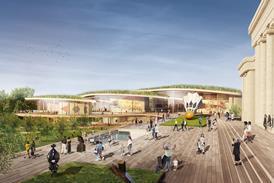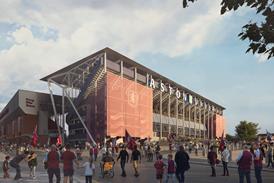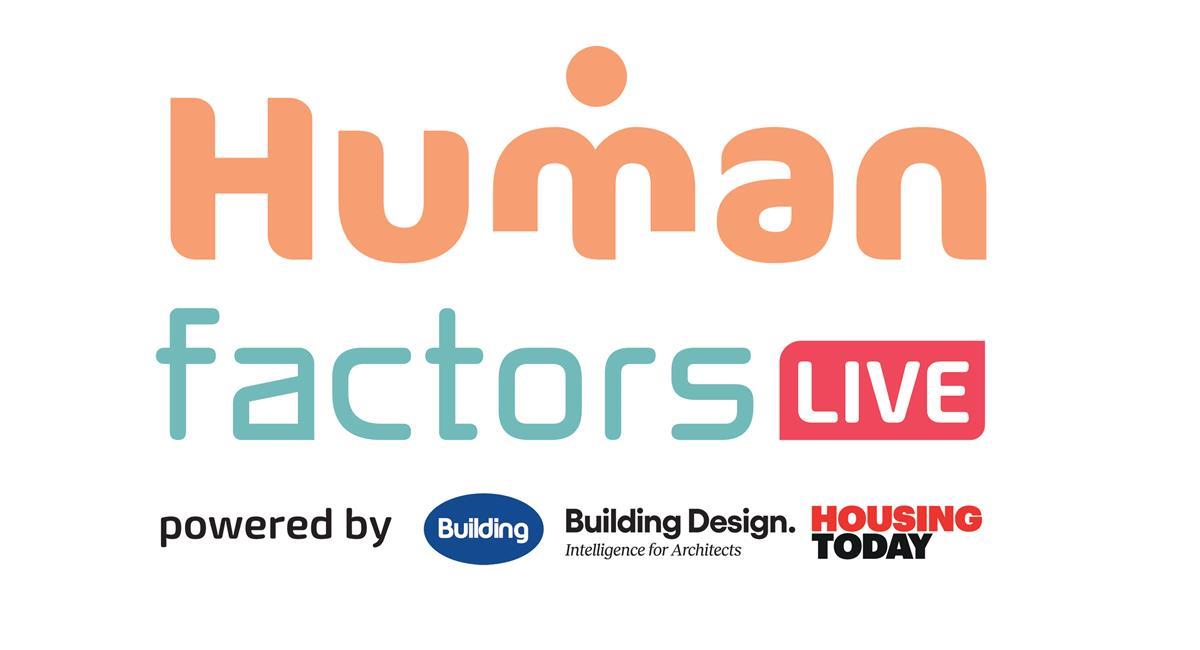Félicie Krikler points to a growing move towards mid-rise housing, as developers grapple with the compounded risks of high-rise delivery under the current regulatory regime

What is my biggest takeaway from talking to clients, and in fact anyone in development recently? Well, it’s probably that so many are now focussing their attention on cities, towns and regions that work best for low to medium-rise developments (by that, understand under 18m).
This was certainly a big MIPIM talking point, with a number of developers and investors making it very clear that the gateway process, as it currently stands, coupled with high construction costs, is putting projects over 18m in the very risky box. Risk is a developer’s enemy, and they will run away from it fast. So in many places, attention is shifting towards areas better suited to lower-rise development.
The lower the risk the more attractive the proposition
We know that private housing development is highly averse to risk and uncertainty. This isn’t news. The first time I came across it was years ago on a project in Hillingdon. CBRE were marketing the site as a 300-home + land opportunity, based on an 8 or 9-storey building.
The housebuilder we worked with decided that 200 homes in lower-rise buildings would de-risk planning, be cheaper to build and faster to sell. And the returns would be greater, so what was not to like?
Well, all the affordable housing provision, which at 35% could have delivered 105 homes for the taller version, became only 70 homes for our smaller option. Good homes lost because of risk.
This raises the question of how do we make sure that we build the right number of homes in the right locations, making the most efficient use of land for present and future generations. And whilst we would like to find incentives other than financial ones to build homes, the reality is that we are constrained by our current economic system – a system that in the longer term we must seek to transform if we hope to change the fundamentals.
Navigating the Building Safety Act through collective action
But let’s go back to the impact of changes to Building Regulations following the Building Safety Act, because this is undoubtedly the biggest risk factor faced by our clients on High Risk Buildings. The current submission process for gateways to the Building Safety Regulator, coupled with the absence of meaningful dialogue throughout, creates a frustrating silence.
There is no pre-consultation. The current arrangements are less a process than an inflexible application system which seems at odds with how complex buildings come together, and in turn has deep cost implications, from financing to procurement and beyond.
That said, we should remain positive. The current state of affairs can’t go on forever and changes will be needed to adapt the current system to one that achieves the aims of safety and quality it set out to deliver – and in a way that enables development to go ahead at the pace that is needed.
As is often true with adversity, it can sometimes bring positive outcomes. The Architectural Technical Leads Group (ATLG) is just that.
What is certainly happening is a shift towards lower-rise developments
The ATLG is proving to be an invaluable and truly collaborative group. It is a “forum for architects and designers to discuss technical issues, share knowledge and resources, and drive improvement in the construction industry”.
As chair Ben Oram puts it, the ATLG is a “sharing construction industry best practice to address issues that affect designers”. Since its founding in September 2023 it has grown rapidly to include over 430 individuals from 270 practices, working together with bodies such as the RIBA, PFKG, ASFP and CWCT to tackle industry-wide challenges.
It stands out due to its non-profit and highly collaborative approach. It is arguably the most effective group for helping practices navigate a lack of clarity in the current guidance, and it provides a network to ask questions and challenge guidance and standards when appropriate.
What does the future of medium and high-rise housing look like then?
I was at the NLA’s housing forum recently and the question was asked: ‘are we changing the future townscape of our cities’? Is 17.9m going to be the new norm, similar to Parker and Unwin setting acceptable overlooking distances by staring at each other’s nipples?
What is certainly happening is a shift towards lower-rise developments, which could potentially reshape the urban landscape and help revitalise towns and cities which might otherwise not have benefitted from the infrastructure improvements that new homes will bring.
The Arcadis Spring 2025 Market View highlights a shift in residential development strategies, noting that cities are increasingly “pivoting to low-rise schemes” as a way to navigate delays linked to Building Safety Regulations.
The report suggests that early signs of market recovery are “likely to favour low-density housing” across the UK, with developers outside London already rethinking inner-city schemes as mid-rise. Meanwhile, high-rise projects in the capital are expected to remain stalled due to ongoing issues with gateway approvals.
Ultimately, the future of housing development, particularly in high-demand urban areas, hinges on achieving a pragmatic balance between safety regulations and the economic realities of construction
Michael Keaveney, director of land and development at Grainger, one of the UK’s leading build to rent providers, recently told me that building tall remains “essential to delivering new homes” – but warned that the current regulatory system is holding projects back. He argued that the Building Safety Regulator has been given “an ill-thought through system” to enforce, without the necessary tools or resources, and that the wider implementation of the Building Safety Act has failed to consider market realities.
If the government is serious about hitting its 1.5 million homes target, Keaveney says it must “support the regulator to unlock the large number of schemes stuck in the system”, particularly those delayed at Gateway 2.
Otherwise, he explains, it may not be developers who pull out of taller residential projects but rather contractors and supply chains, who will decide that they are only going to serve the residential sector below 18m and pivot to other use classes such as office, logistics and data centres. If this happened, it would seriously undermine the government’s housing target.
While opting for lower-rise projects that reduce financial and regulatory risks may address immediate concerns about feasibility and cost-effectiveness, it also raises broader questions about how to balance the need for more housing with the pressures of safety, affordability, and land use efficiency.
The long-term impact on housing supply remains uncertain and many of us are feeling it. The industry’s ability to adapt relies on reforms that streamline the regulatory process and encourage timely approvals. Ultimately, the future of housing development, particularly in high-demand urban areas, hinges on achieving a pragmatic balance between safety regulations and the economic realities of construction.
Postscript
Félicie Krikler is a director and head of residential at Barr Gazetas.
















No comments yet